Agriculture is the backbone of India, employing nearly 50% of the country’s workforce and contributing significantly to its economy. However, Indian agriculture is highly vulnerable to climate change. Erratic rainfall, rising temperatures, droughts, floods, and changing weather patterns have increasingly impacted crop yields, leading to food security concerns. Climate-resilient agriculture (CRA) aims to mitigate these challenges and promote sustainable farming practices, ensuring long-term agricultural productivity.
What is Climate Resilient Agriculture?
Climate-resilient agriculture refers to farming systems that are better equipped to withstand the adverse impacts of climate change while maintaining or increasing productivity. It involves adopting practices that improve soil health, enhance water-use efficiency, diversify crops, and leverage technology to predict and adapt to climatic conditions.
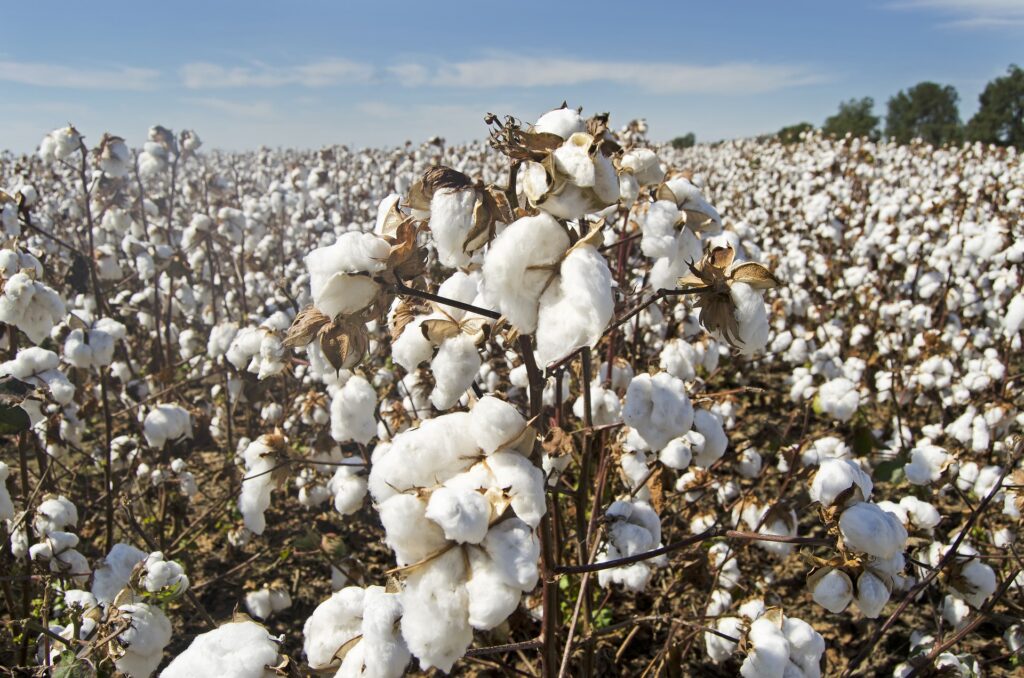
Importance of Climate Resilience in Indian Agriculture
India’s agriculture is predominantly rain-fed, making it particularly vulnerable to climate variability. With a growing population and the demand for food, ensuring agricultural productivity despite climatic challenges is crucial. Climate-resilient agriculture provides the following benefits:
Stabilizes Yields: By adopting resilient practices, farmers can maintain or even increase crop yields despite fluctuating weather conditions.
Ensures Food Security: Improved resilience helps secure food production, ensuring a stable supply of essential crops.
Economic Stability for Farmers: CRA practices protect farmers from severe financial losses caused by climate-related crop failures.
Sustainable Use of Natural Resources: CRA promotes efficient use of water, soil conservation, and reduced dependence on chemical inputs, ensuring long-term sustainability.
Mitigation of Greenhouse Gas Emissions: Certain climate-smart agricultural practices, like agroforestry and organic farming, reduce greenhouse gas emissions from agriculture.

Key Components of Climate Resilient Agriculture
Crop Diversification Crop diversification involves growing a variety of crops that are more tolerant to extreme weather conditions. Diversification minimizes risks, as different crops respond to climatic changes in different ways. This strategy ensures that even if one crop fails due to drought or floods, others might still thrive, ensuring food and income for farmers.
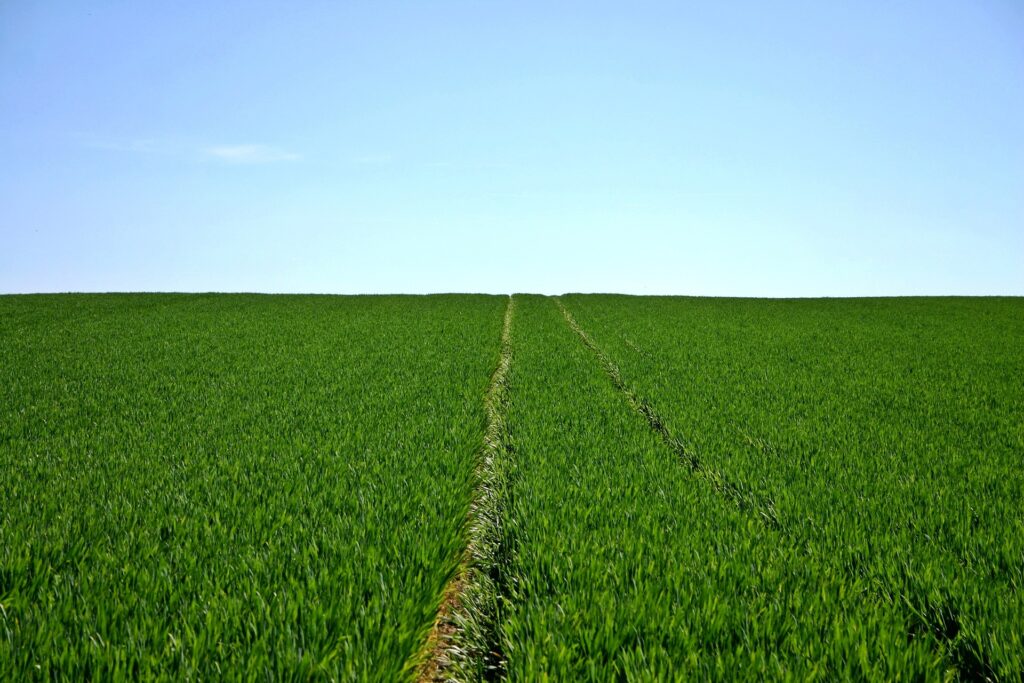
Drought-Resistant and Heat-Tolerant Varieties
Indian farmers are increasingly adopting crop varieties that are resistant to drought and heat. Crops like millet, sorghum, and certain pulses have better adaptability to arid conditions. Research institutions in India, like the Indian Council of Agricultural Research (ICAR), have been developing climate-smart seeds that offer higher resilience and productivity.
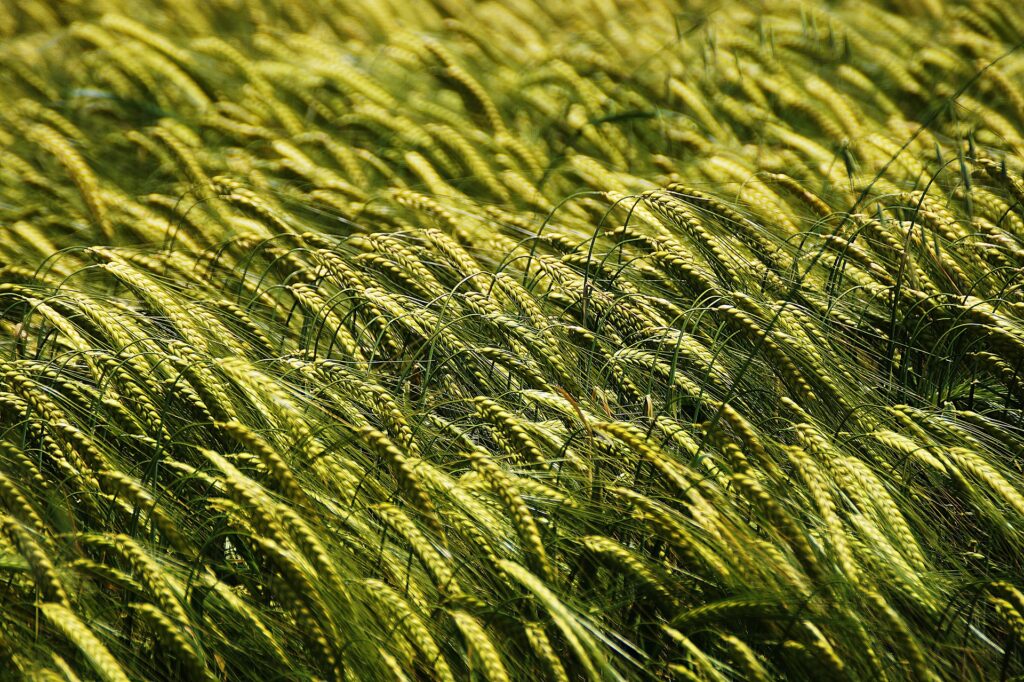
Efficient Water Management
Efficient irrigation systems, like drip and sprinkler irrigation, are critical for conserving water in drought-prone areas. Rainwater harvesting, building farm ponds, and promoting watershed management also enhance water availability. Techniques like zero tillage and mulching help conserve soil moisture, making crops more resilient to dry spells.

Agroforestry
Integrating trees with agricultural crops, known as agroforestry, has multiple benefits. Trees improve soil fertility, reduce soil erosion, act as windbreakers, and provide additional income through fruit or timber. They also help in carbon sequestration, thus mitigating climate change impacts.
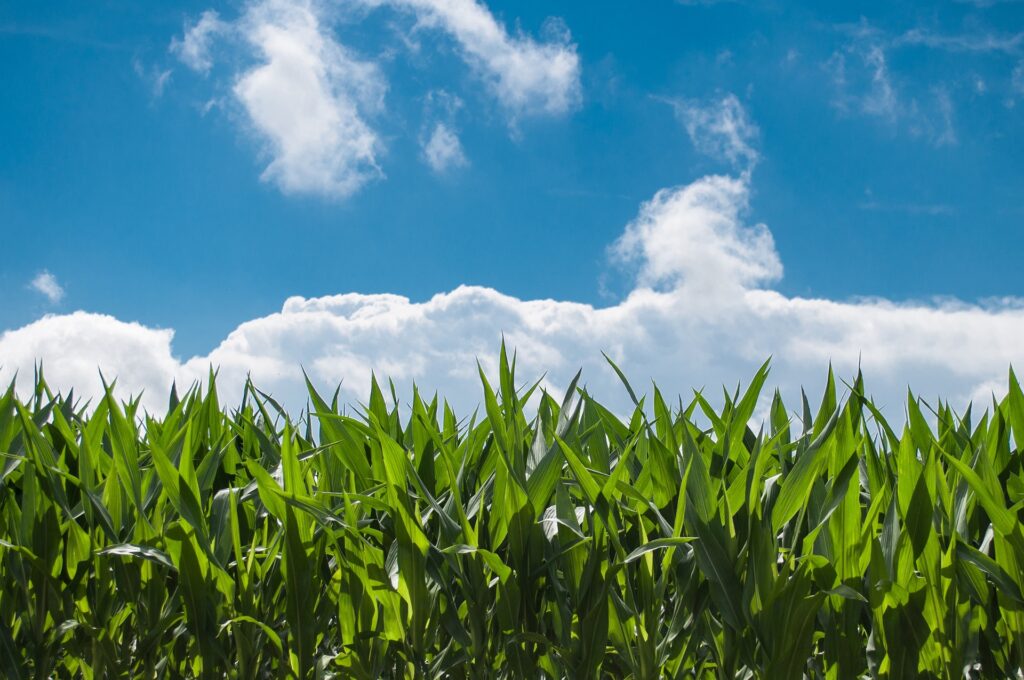
Integrated Pest and Nutrient Management
Climate change can increase the prevalence of pests and diseases, affecting crop health. Integrated pest management (IPM) involves using natural predators and biological methods to control pests rather than chemical pesticides, reducing environmental damage. Similarly, integrated nutrient management (INM) focuses on optimizing soil fertility by combining organic and inorganic sources of nutrients.
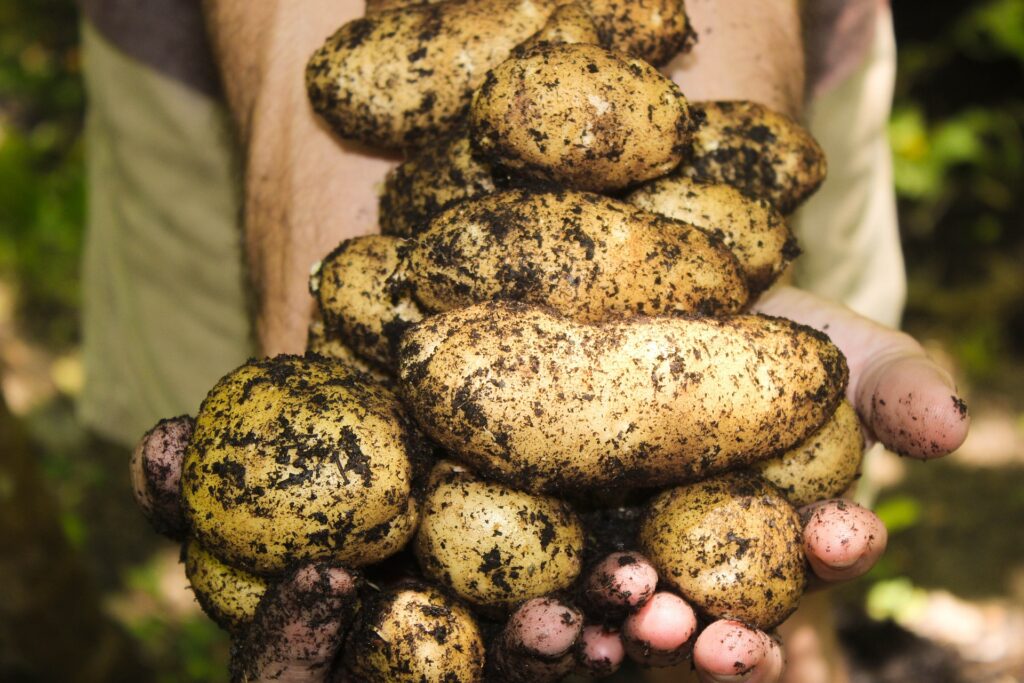
Soil Health Restoration
Maintaining soil fertility is critical for long-term agricultural productivity. Practices like crop rotation, using organic fertilizers (compost, green manure), and minimizing soil disturbance (no-till farming) help in maintaining the organic content of the soil, enhancing its resilience to extreme weather events.
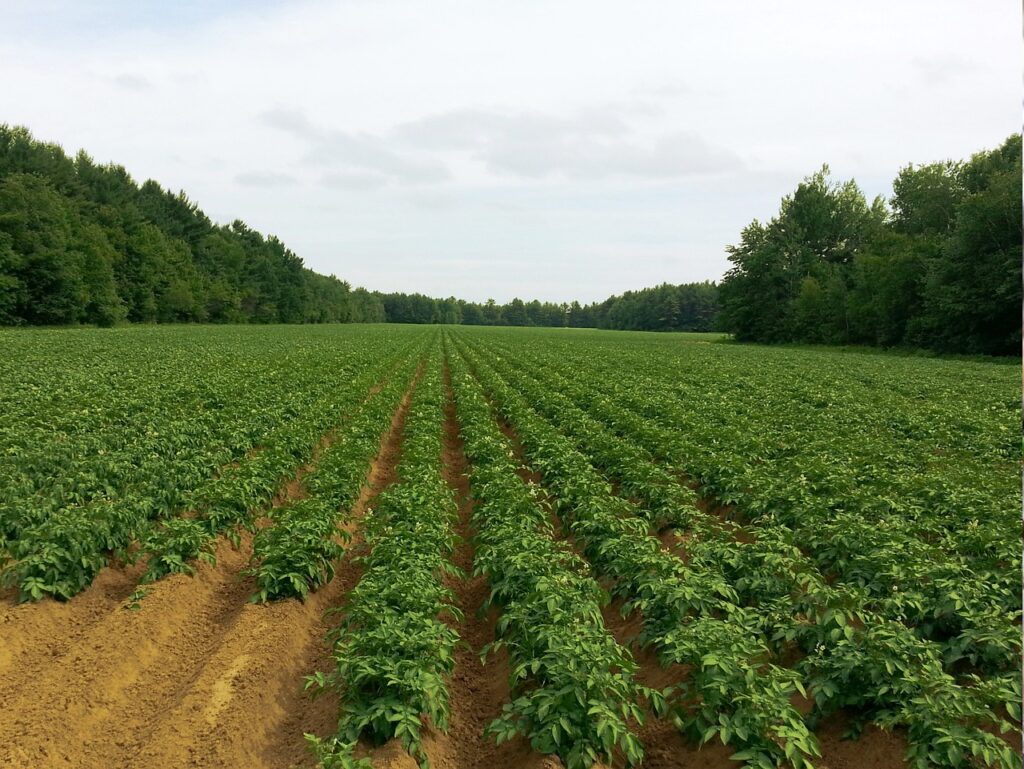
Use of Technology and Data-Driven Farming
Climate-resilient agriculture increasingly relies on data and technology for forecasting and decision-making. Weather forecasting apps, satellite imagery, and Geographic Information Systems (GIS) help farmers plan better, reducing the impact of unexpected climate events. Precision farming, which uses data to optimize inputs like water and fertilizers, is also gaining traction.
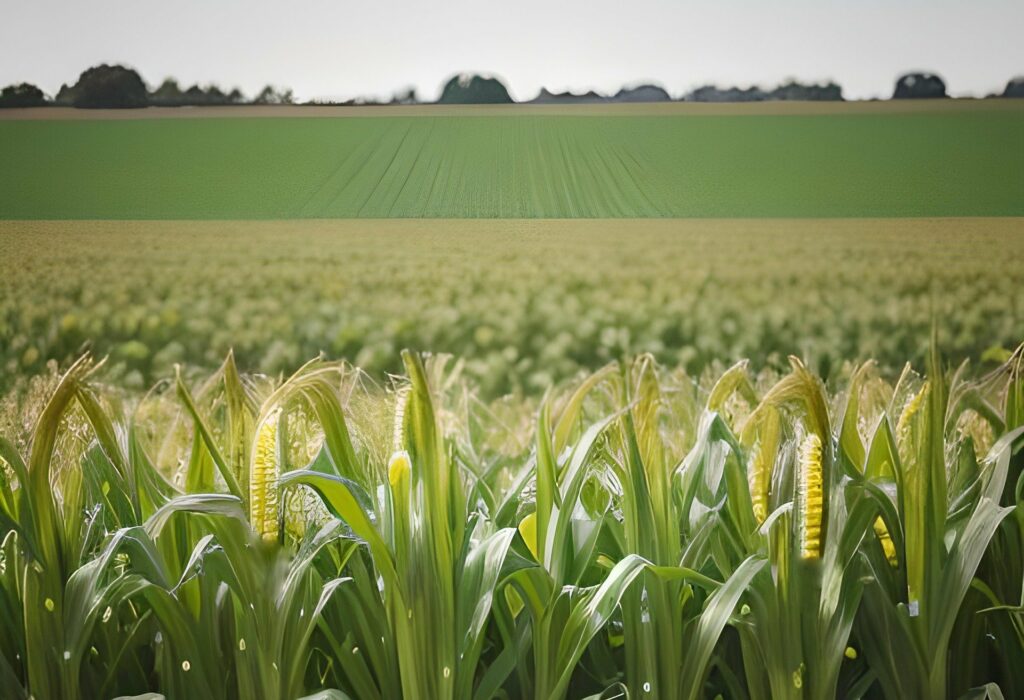
Government Initiatives for Climate Resilient Agriculture
The Indian government recognizes the importance of building a resilient agricultural sector and has introduced several programs to promote CRA practices.
National Innovations in Climate Resilient Agriculture (NICRA): Launched by ICAR, NICRA aims to develop strategies to cope with climate change. It includes adaptive research, developing resilient crop varieties, and promoting water-efficient technologies.
Pradhan Mantri Krishi Sinchayee Yojana (PMKSY): This scheme focuses on improving irrigation efficiency, promoting water conservation techniques, and ensuring sustainable water use in agriculture.
Soil Health Card Scheme: This program provides farmers with information on the nutrient status of their soils and recommendations for appropriate nutrient management, promoting healthier soil for climate-resilient farming.
Paramparagat Krishi Vikas Yojana (PKVY): Encourages organic farming to reduce dependency on chemical inputs, thus fostering a more resilient agricultural ecosystem.
Crop Insurance Schemes: Schemes like Pradhan Mantri Fasal Bima Yojana (PMFBY) provide financial protection to farmers in case of crop loss due to extreme weather events, offering a safety net for those affected by climate change.
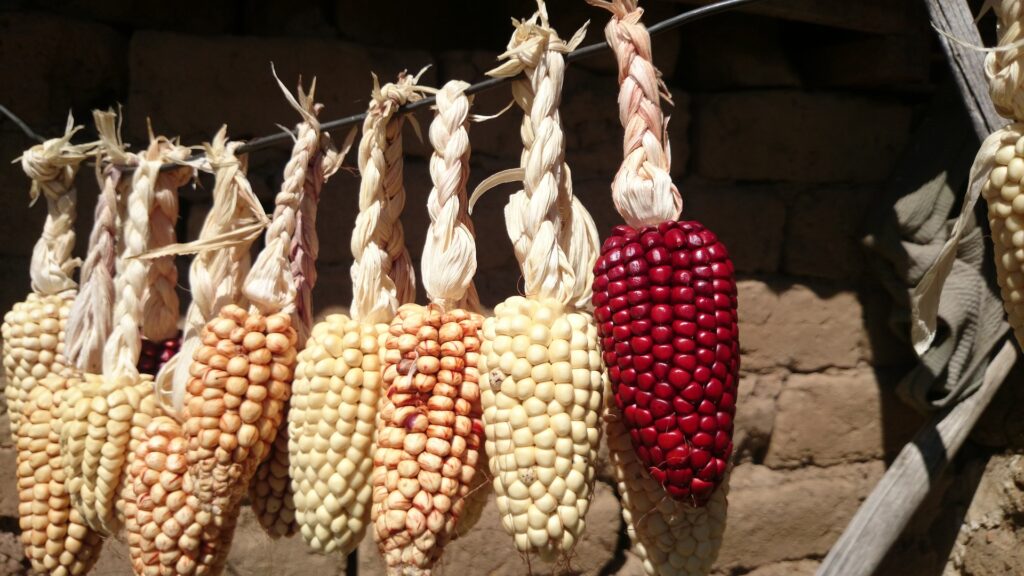
Challenges in Implementing Climate Resilient Agriculture
Despite the numerous benefits of climate-resilient agriculture, there are several challenges:
Lack of Awareness: Many farmers, especially smallholders, are unaware of the benefits of CRA practices. Lack of access to information and technology further hampers adoption.
High Initial Costs: Adopting new technologies, improved seeds, and irrigation systems may require significant investment, which can be difficult for small-scale farmers.
Institutional Barriers: Coordination among government departments, research institutions, and farmers is essential for effective implementation, but bureaucratic hurdles can slow down progress.
Climate Data Accessibility: While technological advancements have improved access to climate data, many rural farmers still lack the tools or knowledge to use this data effectively.
Fragmented Landholdings: Small and fragmented landholdings in India make it difficult to implement large-scale CRA practices.
Way Forward: Building a Climate-Resilient Future To build a more climate-resilient agriculture sector in India, the following steps should be prioritized:
Farmer Education and Training: Extensive training programs should be implemented to educate farmers on climate-resilient practices, sustainable resource use, and the benefits of CRA.
Research and Development: Continued investment in research is necessary to develop more resilient crop varieties, efficient irrigation systems, and pest management techniques tailored to India’s diverse agro-climatic conditions.
Public-Private Partnerships: Collaborations between government, private sector, NGOs, and farmer groups can facilitate knowledge transfer, technology dissemination, and infrastructure development.
Policy Support: Strengthening policy frameworks that incentivize CRA adoption, provide financial support for smallholders, and promote sustainable agricultural practices is essential.
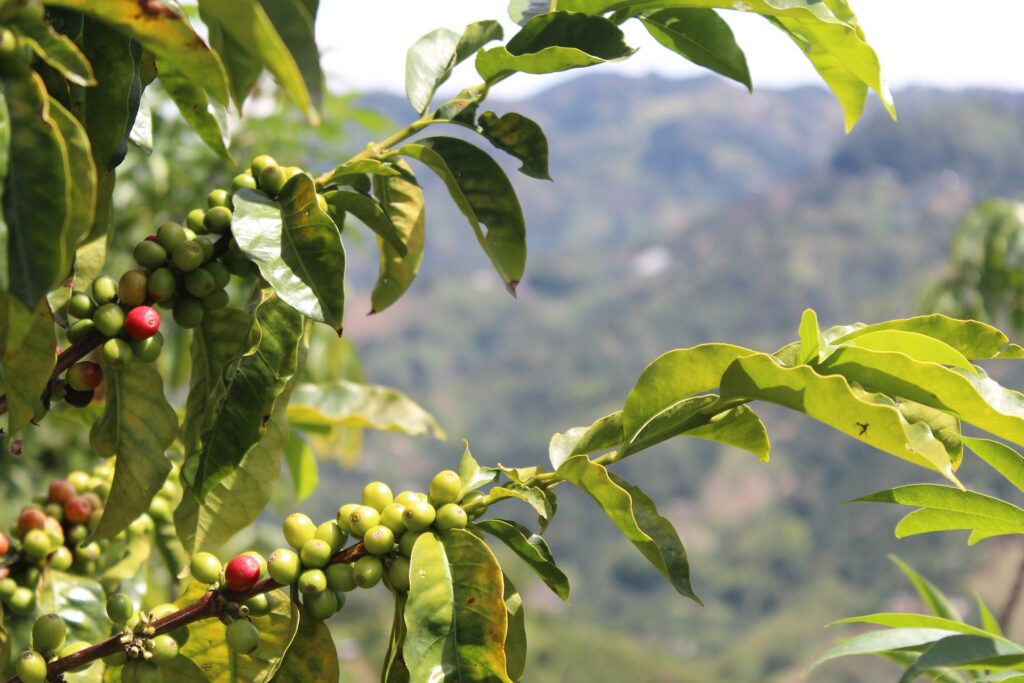
Conclusion
Climate-resilient agriculture is the need of the hour for India to safeguard its agricultural productivity and ensure food security in the face of climate change. By adopting innovative and sustainable practices, backed by government initiatives and technology, Indian agriculture can become more resilient, ensuring that farmers and the country as a whole thrive even in challenging climatic conditions.
This approach not only preserves the environment but also helps farmers adapt to and mitigate the effects of climate change, securing the future of agriculture in India.